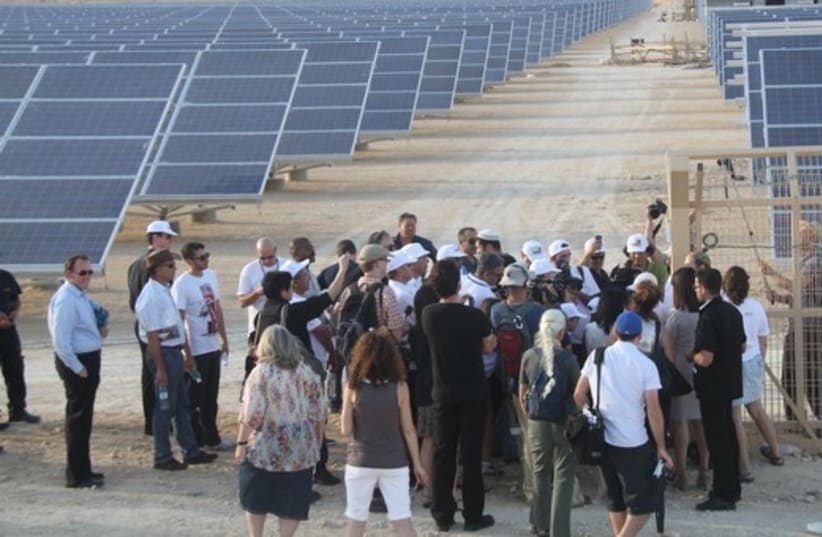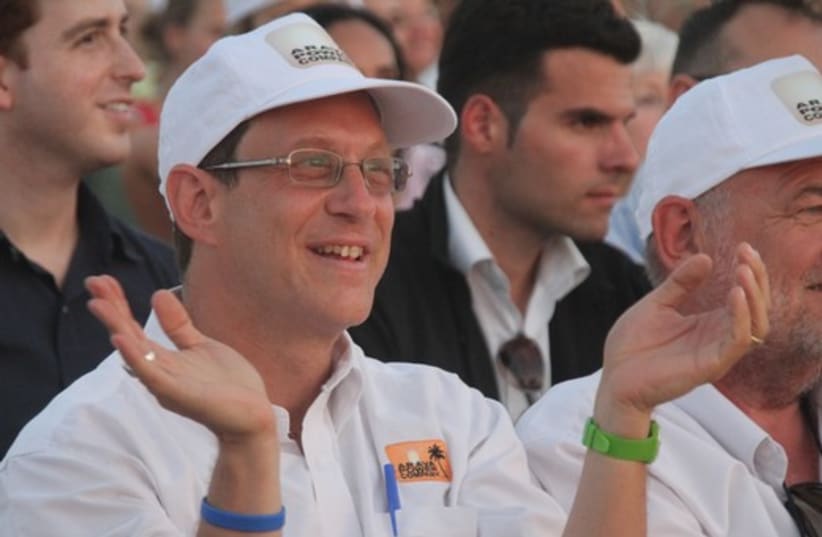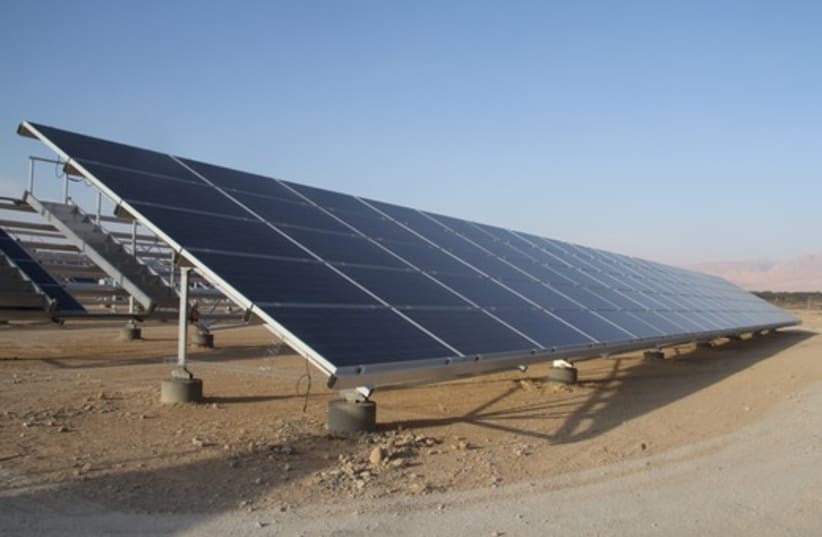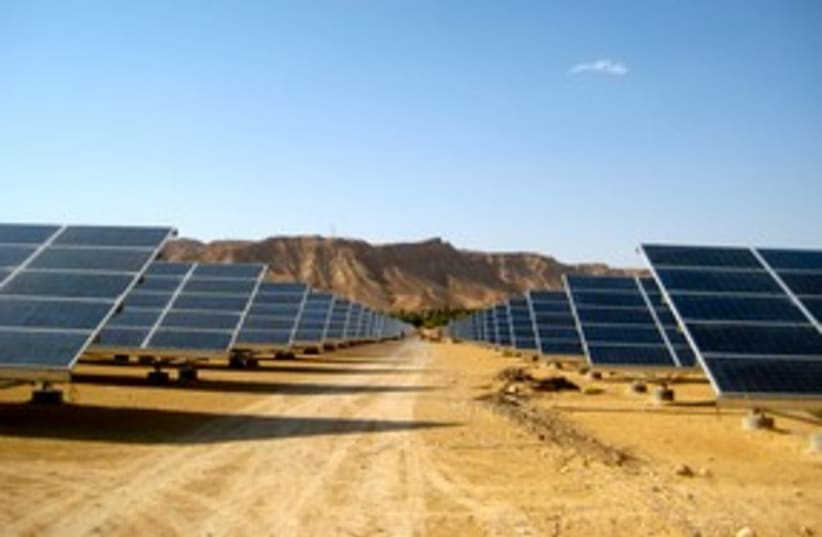







“Israel is in last place among industrial countries in solar energy development even though we should be leading the pack,” company co-founder and CEO Yosef Abramowitz told The Jerusalem Post, during an exclusive tour of the field a week prior to the launch. “At less than one percent [renewables], we are betraying our own energy security.”RELATED:Shyne launches ‘Solar Energy’ songSolar field capable of powering 33% of Eilat okayedIn front of ministers, Knesset members and industry colleagues and amid fireworks and music, Arava Power launched its mediumsized, 4.95-megawatt field at Kibbutz Ketura in the Arava Desert, which will begin providing electricity to three kibbutzim – Ketura, Lotan and Grofit, according to Abramowitz. Having spent a pre-college year-course at Ketura in the 1980s, Abramowitz returned there after making aliya from Massachusetts about five years ago and founded the company with fellow visionaries David Rosenblatt and Ed Hofland. The end result – after five years of back-andforth with 24 government offices – is an 80-duman, 18,500-panel field with a sundial mezuzah at its entrance gate.“This is a down payment on the solar future of the State of Israel,” Abramowitz said that day.“It’s a great feeling,” added co-founder Hofland, a resident of the Kibbutz. “Yosef came to my office about five years and suggested that we start this business, and David was there also – so the three of us started the business. I knew it wasn’t going to take one year – Yossi said that within one year we are going to build a field. And it told him it was going to take a lot longer than that. It was closer to five years now. And here it is.”To Abramowitz, the five-year wait period was a “struggle” with various government offices for something “that should be normative to the country.“It’s incredibly satisfying to reach this point and it is with a sense of mixed blessing that we’re here today because on the one hand we’re about to dedicate Israel’s first commercial solar field, and yet still we are struggling with the government in terms of having certainty in the entire solar industry,” he said.In addition to launching the current medium-sized field at Sunday night’s ceremony, the company announced its new pipeline of over 400 megawatts worth of around 45 projects, which will includes solar apparatuses ranging from rooftop structures to large fields, mostly at locations in the South, Abramowitz told the Post.The whole undertaking will amount to about $2 billion worth of investments and involves the majority of Arava kibbutzim, one-third of Negev kibbutzim and five Beduin solar sites, he explained.“Every one of these is signed and sealed and we’re in the process of delivering,” Abramowitz said. “This will supply thousands of green jobs.”Of the approximately 45 projects in the pipeline, 14 fields are currently ready to begin construction from a statutory perspective, which includes land permissions, according to Abramowitz.“All we’re waiting and waiting and waiting for is the license to be approved. And then we can build very quickly,” he said, noting that the Ketura Sun field was built in only six months.Both Arava Power and the other companies are vying for spots in Israel’s limited solar industry, which has strict caps on the amount of electricity production currently permitted, as well as gridlines that need to be upgraded, Abramowitz explained.
“There’s competition on the gridlines, so we choose our fields very carefully,” Abramowitz said, calling the process a “race” for spots on the gridline.Meanwhile, there are 1,200 megawatts worth of applications for medium-sized fields currently, yet the government has currently set a nationwide cap of 300 megawatts for medium fields, according to Abramowitz. Large-scale fields, like the 40-megawatt field Arava Power is planning to erect on Ketura, across the street from the current field, have yet to receive the approval of the Finance Ministry.Another problem, according to Abramowitz, is the “bottleneck at the Public Utility Authority, the regulator,” which currently has over 600 license applications for solar projects but is only approving between 16-20 each month.“All the companies that have applied for licenses are losing a tremendous amount of money today, and some of them are in danger of going out of business because the regulator takes a year for what is supposed to be a 60- day process,” he said.“It’s essentially a $20 billion market between now and 2020, and we’re announcing a $2 billion jumpstart,” Abramowitz added. “And the Treasury wants to freeze, block and cut? They’ve got to be kidding – where is the prime minister?”